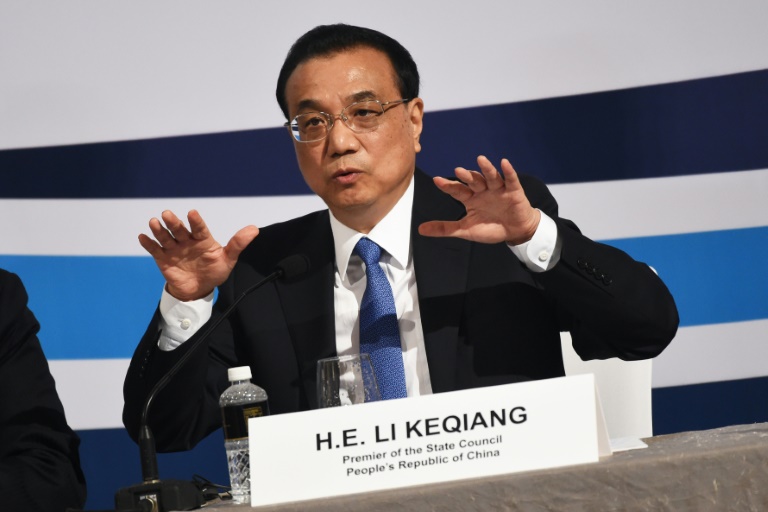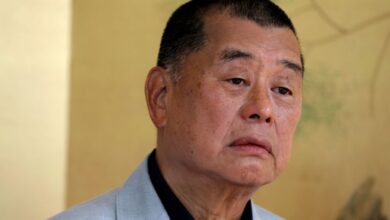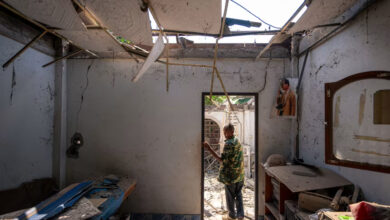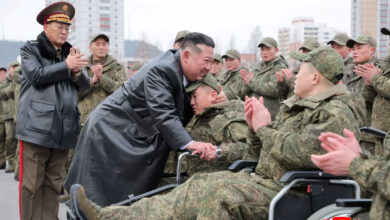
The completion of the world’s largest trade deal — backed by Beijing and excluding the United States — has been pushed back to next year, Chinese Premier Li Keqiang said Tuesday, after Asia-Pacific trade ministers failed to agree key terms at a Singapore summit.
The Regional Comprehensive Economic Partnership (RCEP), covering half the world’s population, is billed as an antidote to President Donald Trump’s “America First” agenda, which has seen tariffs imposed on almost half of all Chinese imports to the US — and retaliatory levies by Beijing.
China hoped to have the meat of the deal — whose members include Japan, India and Southeast Asian nations — done by the end of this year as ballast to US tariffs and increasingly pugnacious rhetoric on trade.
But the timetable has slipped, with sticking points over free access to markets remaining — and a raft of general elections early next year likely to further hamper its progress.
Speaking in Singapore, Premier Li said he hoped RCEP would be signed and implemented next year.
“It (RCEP) is going to deliver real benefits to the people of our region,” he said, without giving a date.
China was now the standard bearer of global free trade, he added, with the 16-member RCEP deal at the heart of its strategy.
“It’s going to send a message to the international community that we stand by free trade… with rising protectionism and strains on free trade, we need to advance the RCEP negotiations,” Li said.
He conceded the Chinese economy was facing “challenges” in the wake of the trade war with the US, but insisted strong fundamentals meant radical intervention was not the remedy.
“Despite downward pressures we will not resort to massive stimulus,” Li said.
‘Significant progress’
Trade diplomats said negotiations will run deep into 2019.
“We made significant progress,” New Zealand minister of state for trade and export growth Damien O’Connor told reporters after talks late Monday, but added delegates were “hopefully ready for conclusion next year.”
India’s concerns over opening its markets to competition, in particular from Chinese firms, has been a key obstacle in the several years of negotiations.
But New Delhi’s delegation welcomed the incremental steps towards establishing the trade agreement.
“The future lies in RCEP,” Indian trade minister Suresh Prabhu told reporters, but urged a patient approach to talks to ensure “every country will benefit from it”.
Several general elections scheduled early next year — including in India, Thailand and Indonesia — have complicated the timeframe of a deal that will open markets in countries accounting for about a third of the world’s GDP.
A draft leaders’ statement on the RCEP seen by AFP noted the urgency of reaching an agreement “given the current headwinds faced by the global economy”.
The deal was given extra impetus after Trump pulled the US out of the rival Trans-Pacific Partnership (TPP).
The TPP is still alive even without Washington, but RCEP is now the world’s biggest trade deal.
However, the Beijing-backed pact is much less ambitious than the TPP in areas such as employment and environmental protection.
The ASEAN summit, which formally opens Tuesday afternoon, will sweep in trade, the Rohingya crisis and maritime disputes.
Key world leaders including China’s Li, Russian President Vladimir Putin and Mike Pence — Trump’s number two — are also in Singapore for talks foreshadowed by the China-US trade war and its ripple effect on global economies, particularly in Asia.
Pence is also expected to keep pressure on Beijing over its growing aggression in the South China Sea while seeking support over Washington’s approach to the denuclearization of the Korean peninsula.
Myanmar’s de facto leader Aung San Suu Kyi is also in Singapore and is likely to face intense scrutiny over her country’s treatment of the Rohingya, particularly from Muslim-majority nations at the summit.
Amnesty International on Monday stripped Suu Kyi of its highest honour, citing her “indifference” to the atrocities committed by Myanmar’s army against the minority.




